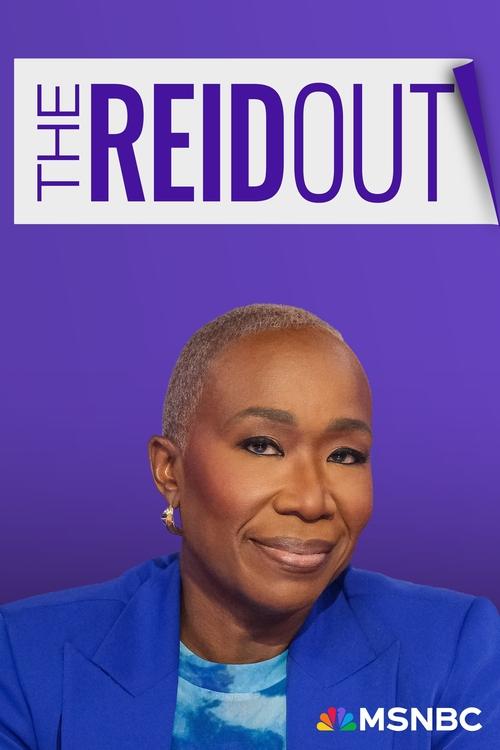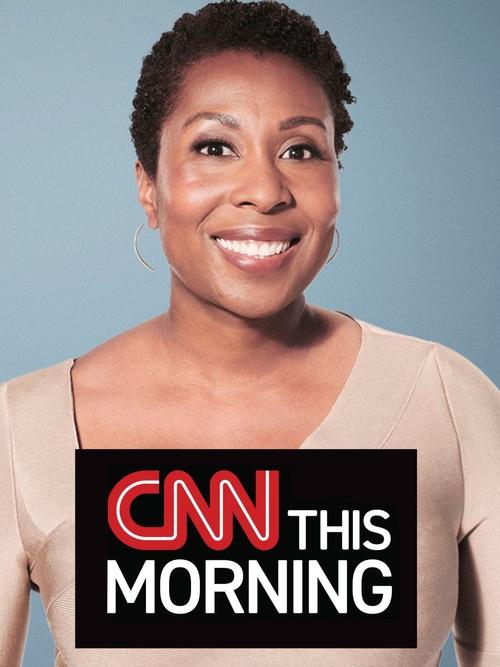
Ask Your Own Question
What is the plot?
"Amend: The Fight for America" is a documentary series that explores the history of the 14th Amendment and its impact on civil rights in the United States. The series is structured into several episodes, each focusing on different aspects of the amendment and the ongoing struggle for equality.
The series opens with a powerful introduction to the 14th Amendment, highlighting its ratification in 1868 during the Reconstruction era. The amendment was designed to grant citizenship to all persons born or naturalized in the United States, including former slaves. The narrative sets the stage for the ongoing fight for civil rights, emphasizing the amendment's significance in American history.
In the first episode, the story delves into the aftermath of the Civil War, showcasing the initial hopes for equality among African Americans. It features historical figures such as Frederick Douglass, who advocated for civil rights and the importance of the 14th Amendment. The episode illustrates the challenges faced by newly freed slaves, including systemic racism and violence from groups like the Ku Klux Klan.
As the series progresses, it shifts to the late 19th and early 20th centuries, focusing on landmark Supreme Court cases that tested the limits of the 14th Amendment. The episode discusses the Plessy v. Ferguson case, which upheld racial segregation under the "separate but equal" doctrine. This decision had a profound impact on civil rights, leading to decades of institutionalized discrimination.
The narrative then transitions to the Civil Rights Movement of the 1950s and 1960s, highlighting key figures such as Martin Luther King Jr. and Rosa Parks. The series captures the emotional weight of protests, sit-ins, and marches, illustrating the determination of activists fighting for their rights. The episode emphasizes the role of the 14th Amendment in legal battles against segregation and discrimination.
In subsequent episodes, the series explores the ongoing struggles for equality beyond race, including gender rights and LGBTQ+ rights. It highlights the fight for women's suffrage and the eventual passage of the Equal Rights Amendment. The series also addresses the challenges faced by LGBTQ+ individuals, showcasing pivotal moments such as the Stonewall Riots and the fight for marriage equality.
Throughout the series, personal stories and testimonies from activists and historians provide a human perspective on the legal battles and societal changes. The emotional weight of these narratives underscores the sacrifices made by countless individuals in the pursuit of justice.
The final episodes of the series reflect on the current state of civil rights in America, examining contemporary issues such as immigration, voting rights, and systemic racism. The series concludes with a call to action, urging viewers to continue the fight for equality and justice, emphasizing that the struggle for civil rights is ongoing and that the 14th Amendment remains a vital tool in this fight.
The series ends on a hopeful note, highlighting the resilience of those who continue to advocate for change, reminding viewers that the legacy of the 14th Amendment is still being written today.
What is the ending?
In the ending of "Amend: The Fight for America," the series culminates in a powerful reflection on the ongoing struggle for civil rights and the importance of the 14th Amendment. The final episodes emphasize the resilience of individuals fighting for equality, showcasing historical figures and contemporary activists who continue to advocate for justice. The series closes with a call to action, urging viewers to recognize their role in the fight for civil rights.
As the final episodes unfold, the narrative begins with a montage of historical footage, illustrating the long-standing fight for equality in America. The screen is filled with images of protests, marches, and significant moments in the civil rights movement, setting the tone for the urgency of the message.
Scene 1: The episode opens with a powerful voiceover, reminding viewers of the sacrifices made by countless individuals throughout history. The visuals shift to modern-day activists, drawing parallels between past and present struggles. The emotional weight of their fight is palpable, as the camera captures the determination etched on their faces.
Scene 2: The narrative then transitions to a focus on key historical figures, such as Frederick Douglass and Martin Luther King Jr. Their words resonate deeply, emphasizing the importance of the 14th Amendment as a tool for justice. The series intersperses these historical moments with contemporary footage of protests against systemic racism, highlighting the ongoing relevance of their messages.
Scene 3: The series introduces personal stories of individuals who have been directly affected by issues of inequality. One poignant story follows a young woman who recounts her experiences with discrimination and her journey to activism. Her emotional testimony serves as a reminder of the personal stakes involved in the fight for civil rights.
Scene 4: As the episode progresses, the narrative shifts to a broader discussion of the legal battles surrounding the 14th Amendment. Legal experts and historians provide insights into landmark cases that have shaped civil rights in America. The tension builds as the stakes of these legal decisions become clear, illustrating the profound impact they have on individuals and communities.
Scene 5: The final scenes bring the narrative full circle, returning to the modern-day activists who continue to fight for justice. The camera captures their passionate speeches and the solidarity among diverse groups united in their cause. The emotional energy is palpable, as the series emphasizes the importance of collective action in the face of adversity.
Scene 6: The series concludes with a powerful call to action, urging viewers to engage in the ongoing fight for equality. The screen fades to black, leaving the audience with a sense of urgency and responsibility to continue the work of those who came before them.
In the end, the fates of the main characters are not tied to individual outcomes but rather to the collective journey of the movement. Each character represents a facet of the struggle for civil rights, embodying the resilience and determination that defines the fight for justice in America. The series closes with a reminder that the fight is far from over, and it is up to each generation to carry the torch forward.
Is there a post-credit scene?
"Amend: The Fight for America" does not feature a post-credit scene. The series concludes its narrative with the final episode, wrapping up the exploration of the 14th Amendment and its implications for civil rights in America. The focus remains on the historical context and the ongoing struggle for equality, leaving viewers with a sense of reflection rather than additional scenes or content after the credits.
What historical figures are prominently featured in Amend: The Fight for America?
Amend: The Fight for America prominently features historical figures such as Frederick Douglass, who fought for the rights of African Americans, and Thurgood Marshall, who played a crucial role in the civil rights movement and later became the first African American Supreme Court Justice. Their stories are interwoven with the broader narrative of the fight for the 14th Amendment.
How does the series depict the impact of the 14th Amendment on different communities?
The series illustrates the impact of the 14th Amendment on various communities by showcasing personal stories of individuals from diverse backgrounds, including immigrants, African Americans, and women. Each episode highlights how the amendment has been interpreted and challenged over time, affecting the lives of these communities.
What role does the character of Michelle Alexander play in the series?
Michelle Alexander serves as a contemporary voice in the series, providing insight into the ongoing struggles for racial justice and equality. Her commentary connects historical events to present-day issues, emphasizing the relevance of the 14th Amendment in today's society.
How does the series portray the struggles faced by women in the context of the 14th Amendment?
The series portrays the struggles faced by women through the lens of suffragists and activists who fought for their rights. It highlights key figures like Susan B. Anthony and their efforts to secure equal protection under the law, illustrating the intersection of gender and race in the fight for equality.
What specific events are highlighted in the series that showcase the challenges to the 14th Amendment?
The series highlights several key events, including the Dred Scott decision, which denied citizenship to African Americans, and the internment of Japanese Americans during World War II. These events serve as critical examples of how the 14th Amendment has been challenged and the ongoing struggle for civil rights.
Is this family friendly?
"Amend: The Fight for America" is a documentary series that explores the history and significance of the 14th Amendment and the ongoing struggle for civil rights in the United States. While it is educational and informative, there are several aspects that may be objectionable or upsetting for children or sensitive viewers:
-
Historical Violence: The series discusses instances of racial violence and discrimination throughout American history, which may include graphic descriptions or depictions of events such as lynchings and riots.
-
Emotional Testimonies: Personal stories from individuals affected by systemic racism and injustice can be deeply emotional and may evoke feelings of sadness or anger.
-
Discussions of Injustice: The series addresses themes of inequality, oppression, and the struggles faced by marginalized communities, which may be difficult for younger viewers to fully comprehend.
-
Political Tension: The exploration of contentious political issues and the ongoing debates surrounding civil rights may present complex and potentially distressing viewpoints.
-
Imagery of Discrimination: Visual representations of segregation, protests, and other forms of discrimination may be unsettling for some viewers.
Overall, while the series aims to educate and inspire, its content may not be suitable for all children or sensitive individuals due to its serious themes and historical context.






















